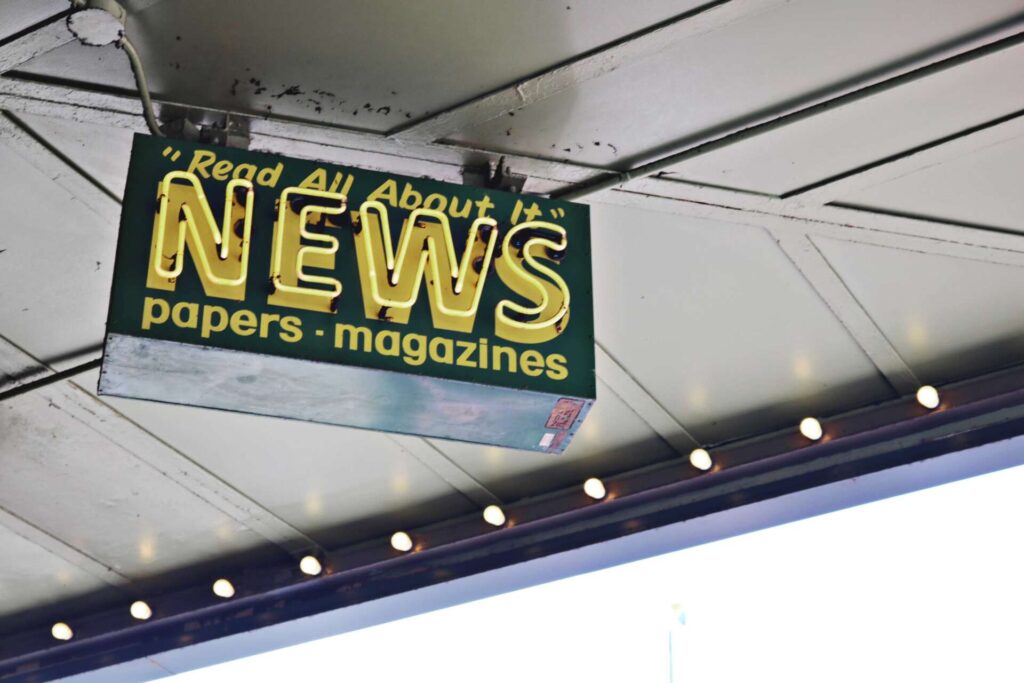
- Duration: 2020 – 2025
- Project lead: Prof. Dr. Stephanie Geise
Funded by: German Research Association (DFG)
Images not only present information differently from article texts, they are also perceived differently by recipients in sensory terms, processed differently in affective and cognitive terms and can therefore trigger specific effects. Although the use of images to convey political information has a long historical tradition and images are gaining presence in the digital media revolution, we still know little about the role of the visual in the reception, processing and interpretation of political media information and political news.
In the ZeMKI-Lab “Political Communication & Innovative Methods” we use this as a starting point to ask: How do media images in multimodal media environments as visual frames influence the reception, processing and interpretation of political information? In the DFG-funded project “REMIXING POLITICAL NEWS RECEPTION”, we are investigating this research question using the example of online news, in which visual and textual information (in the form of news texts and press photos) on political reporting are combined.
Based on theories concerning the reception and processing of visual information and the communication science framing concept, we use an integrative research approach that starts with the sensory reception of visual political information in its multimodal context (aspect 1) and focuses on affective (aspect 2) and cognitive media effects (aspect 3). Following a qualitative preliminary study, the project leader Prof Dr Stephanie Geise and the project team member Katharina Maubach have implemented an innovative multi-method design that combines process-accompanying computational observation methods with survey data in order to systematically analyze the multimodal reception and impact process. To measure the direct sensory impact (aspect 1), the reception of the visual and textual frames of three selected online news articles was recorded using eye tracking with free reception time. In parallel, effects on an affective level (aspect 2) were recorded during reception on the basis of automated facial action coding and set in relation to data from sensory processing and cognitive processing (aspect 3a); the computer-based, biometric measuring instrument FaceReader was used for this. The experimental study was then supplemented by a qualitative elaboration study using Retrospective Thinking Aloud (aspect 3b), for which we conducted 60 guided interviews. This design allows us to supplement the eye tracking data with insights into sub-processes of sensory and reception and reconstruct how the information received was processed and interpreted.
The study provides important new insights into the reception and impact of multimodal political media information. It is funded by the DFG with material and personnel resources.

